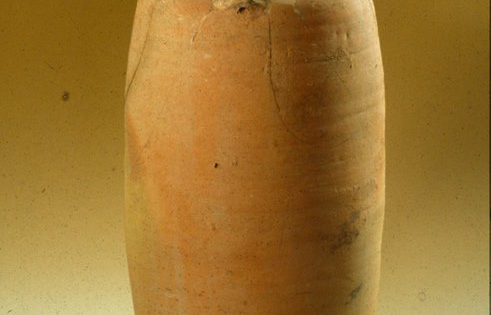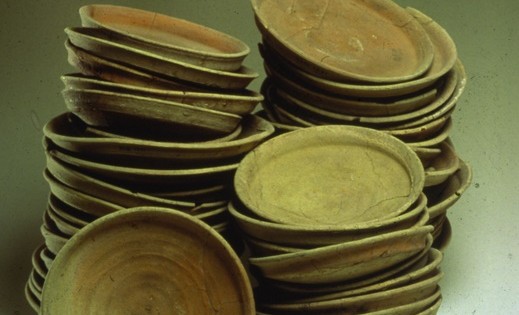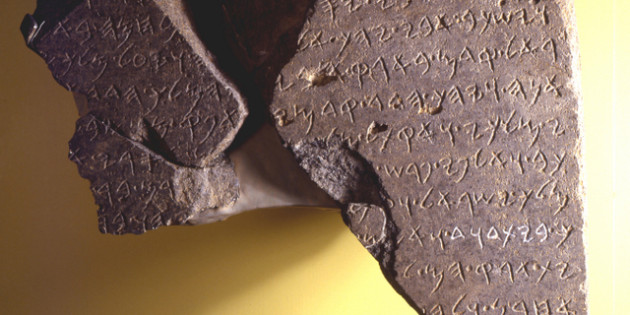Home » Bible and Beyond » Introduction
Introduction
A Norwegian collector shows BAR his rare inscriptions If you have a Dead Sea Scroll for sale, you should get in touch with Martin Schøyen (pronounced Skoo-yen) in Oslo. He is a prime prospect. He already owns several Dead Sea Scroll fragments—making him one of the few individuals in the world (I can think of […]
Looking at a dig from a director’s viewpoint BAR’s January/February issue traditionally contains a catalogue of exciting opportunities for inexperienced as well as experienced volunteers who want to participate in archaeological excavations. An article describing a volunteer’s experience on a dig is usually part of that annual BAR tradition. This year, however, we’re going to […]
One of the most controversial issues in modern Biblical studies is the increasingly assertive contention that the Bible is essentially useless as a historical source, even for the period of the Israelite united monarchy (tenth century B.C.E.). David and Solomon, it is claimed, are mythological, not historical. The Bible, according to this school of thought, […]
The New Encyclopedia of Archaeological Excavations in the Holy Land Ephraim Stern, editor (Jerusalem- Israel Exploration Society and Carta; New York- Simon and Schuster. 1993) 4 vols, 1,552 pp., $355 This is one of those monumental publications that will make history. It is an absolutely essential reference work in any archaeological library, institutional or private. […]
Sukenik died in 1953. Avigad blossomed. Between 1953 and 1955, Avigad directed excavations at Beth She‘arim, uncovering a series of catacombs containing Jewish burials of the second and third centuries C.E., including what may be the tomb of Judah ha-Nasi, the compiler of the Mishnah. In 1956 he published with Yigael Yadin the Dead Sea […]
Nahman Avigad participated in the excavation of the synagogue of Beth Alpha begun in 1929 and in the excavation of the Hammat-Gader synagogue begun in 1932, both under the general direction of the late E. L. Sukenik. In 1953 Avigad assumed direction of the excavations of the necropolis of Beth Shearim, the famous site where […]
Dan, 921 B.C., 5 a.m.- King Jeroboam I of Israel sits on a stone bench in the entranceway to the walled city of Dan and watches Israelite laborers and slaves construct an altar for the golden calf. A stonecutter, wearing a sheepskin loin cloth, swings his stone hammer, putting the final touches on a basalt […]
Bible translations are nothing new. As early as the sixth century B.C. Babylonian Jews may have listened to translations (targums) of the Hebrew Torah into Aramaic. While Ezra read the Torah to the returned exiles in Jerusalem, the Levites “read from the law of God, clearly, and they gave the sense, so that the people […]







